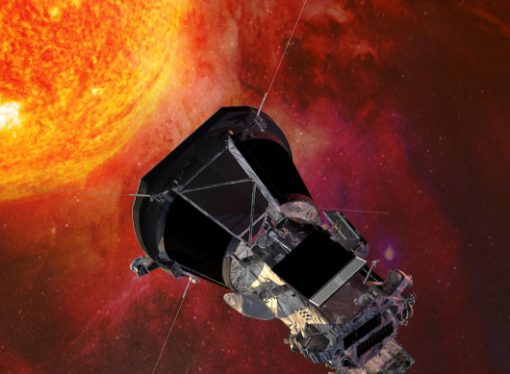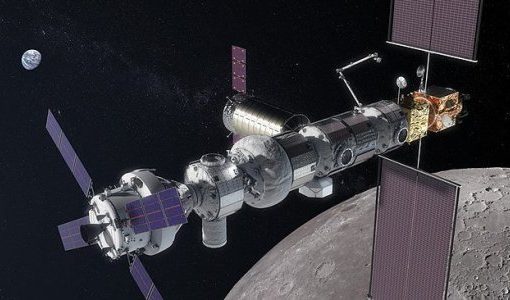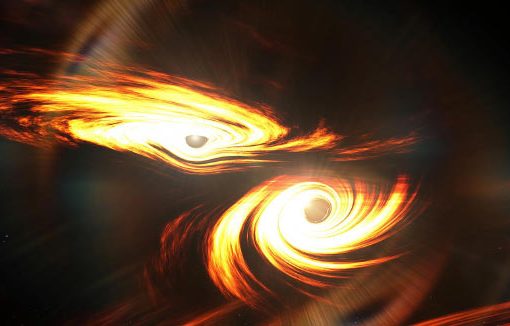Video Archive

- From Around the Web, Space
- August 10, 2019
The solar probe is helping us understand the effects of solar on Earth and other planets.
READ MORE
- From Around the Web, Space
- July 24, 2019
Mission planners at NASA and ESA have determined the orbital path of the upcoming lunar Gateway.
READ MORE

- From Around the Web, UFO News
- November 5, 2019
The pilot who once flew Senator Barack Obama had a surreal experience with an unidentified flying object.
READ MORE
- From Around the Web, Space
- September 3, 2020
Astronomers using the twin LIGO detectors located in Livingston, Louisiana, and Hanford, Washington, and the Virgo detector located near Pisa, Italy, have detected gravitational waves from the most massive binary black hole merger ever discovered. The two spinning black holes merged when the Universe was only about 7 billion years old, which is roughly half its present age, and formed a larger black hole weighing a whopping 142 times the mass of the Sun — a so-called intermediate-mass black hole.
READ MORE

- Earth Mysteries, From Around the Web
- February 22, 2020
A recently uploaded video has captured some interesting (and unnerving) sounds coming from the woods.
READ MORE
- Earth Mysteries, From Around the Web
- August 10, 2019
A fascinating video has emerged showing colorized footage of the last known Tasmanian tiger.
READ MORE
